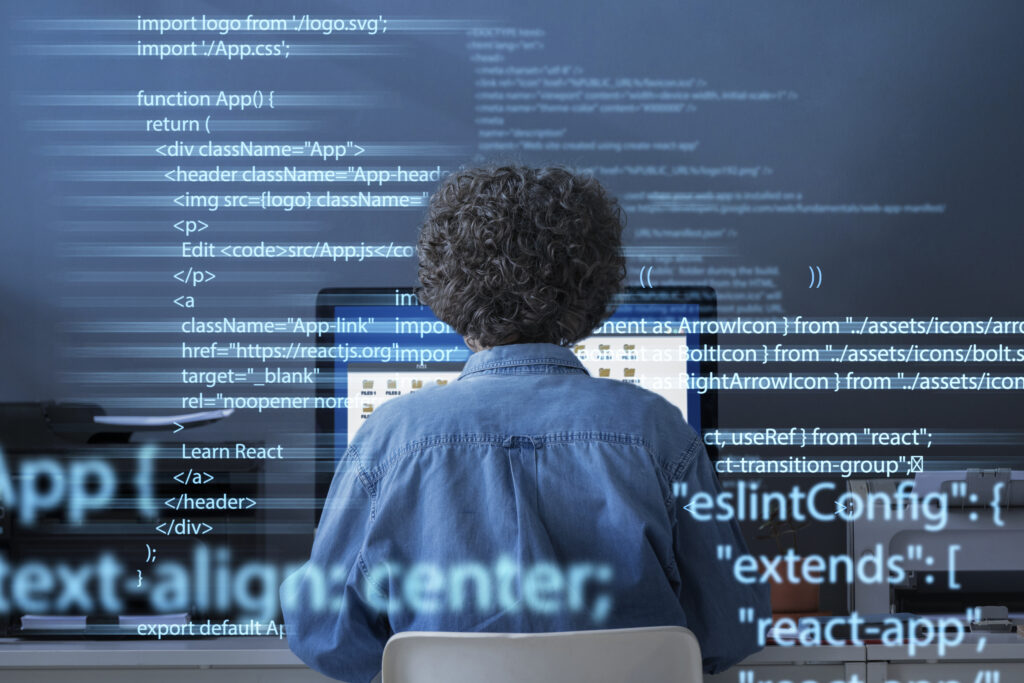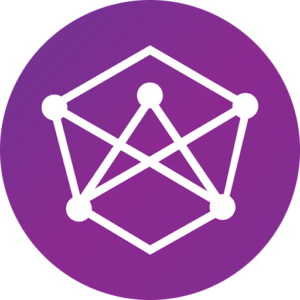Seems like yesterday when we were coming to the realization that phones did not require wires anymore. It is only when we slow down and look back with a pause that we realize it was in the late 90s and early 2000s that mobile phones arrived on the scene. Fast forward to today, we have smartphones that can do almost everything a computer is capable of.
As of 2024, about 4.88 billion people worldwide have access to smartphones, which is about 60% of the global population. Also, smartphones have almost become an indispensable part of our lives. We cannot imagine our lives without smartphones. All the smartphones in the world run on code. Now, if we put that into perspective, almost 60% of people’s lives across the world run on code. Smartphones are just an example. There are various other daily life essentials that run on code. In this article, we will point out these 10 things that don’t work without code.
The Internet

Postmen and pigeons would still be delivering letters. We would still be referring to thick books and visiting libraries to gather information. If it were not for the Internet, we would still be living the slow, laid-back lives our grandfathers lived.
Vincent Kerf and Bob Kahn, while working for the while working for U.S. agency ARPA, sent the first message on the ARPANET, and a few years later they set out to accomplish one of the biggest and most audacious of goals: to create a global decentralized internet. In 1973, Vint and Bob invented the TCP/IP protocol. Transfer Control Protocol (TCP) is the set of instructions or code that connects the entire world together on one network. Internet Protocol (IP) connects your data to the Internet’s address system. Your IP address locates your computer on the internet.
Yes, Google and every link that you click on a Google Search Result Page is based on a protocol that runs on code.
Social Media Applications
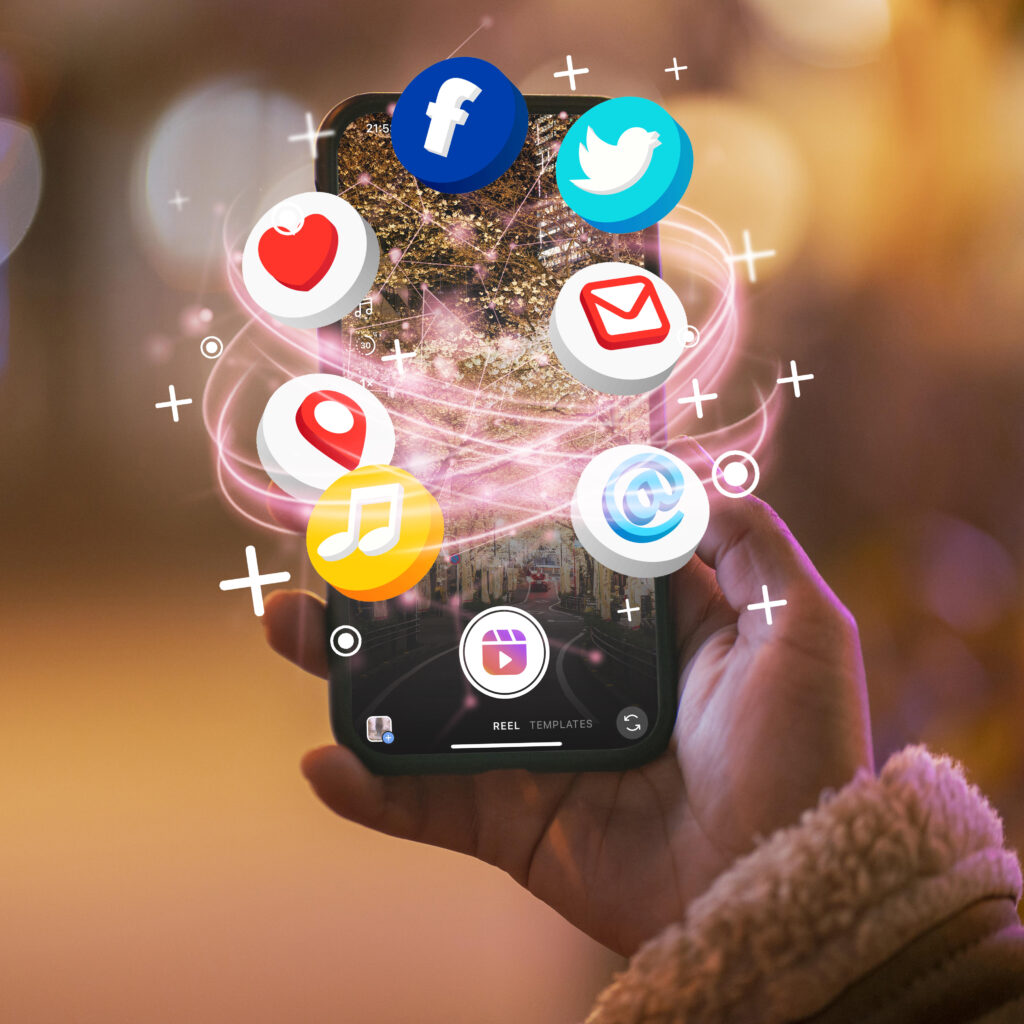
Millennials reading this would know it all started with Orkut. Hour-long sessions at the nearest cyber cafes allowed us to connect with our friends sitting in some other corner of the world. Then came the Facebooks, the Instagrams, and the Snapchats, and before we knew it there were businesses being run on these social media applications.
Just like every other website and application, social media websites and applications are built entirely on code. Code forms the base of social media operations. Algorithms and Artificial Intelligence serve as the icing on the cake to present us with content to our liking. And yes, you must have figured it out by now, these also run on code.
Elevators or Lifts
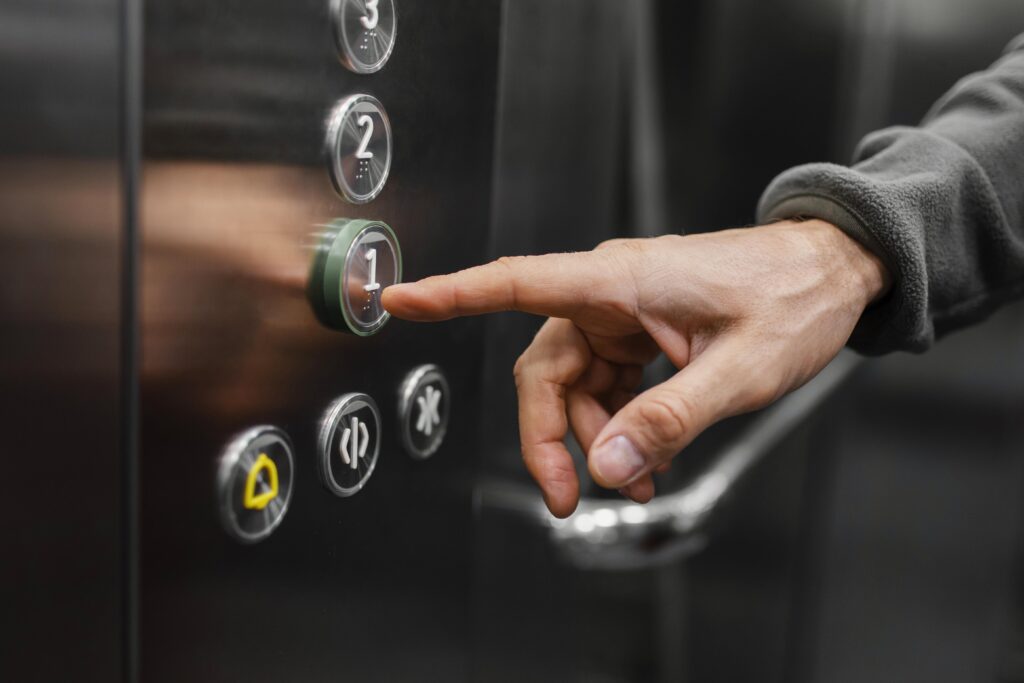
We have all been stuck in a lift or an elevator at some point in our lives. We all have seen an operator sitting inside them pressing the right buttons to help us get to our desired floor when we were small, or even now.
But modern elevators have come a long way, thanks to mini-computers. Without them, we wouldn’t have automatic doors, sensors to detect obstructions, or the ability to reach our floor hassle-free. These advancements have made lifts safer and smarter, replacing most operators along the way. Sure, we miss their sweet uniforms and polite presence, but the convenience and reliability of today’s tech-savvy elevators have truly changed how we move into buildings. Wouldn’t you agree?
Coffee Machines
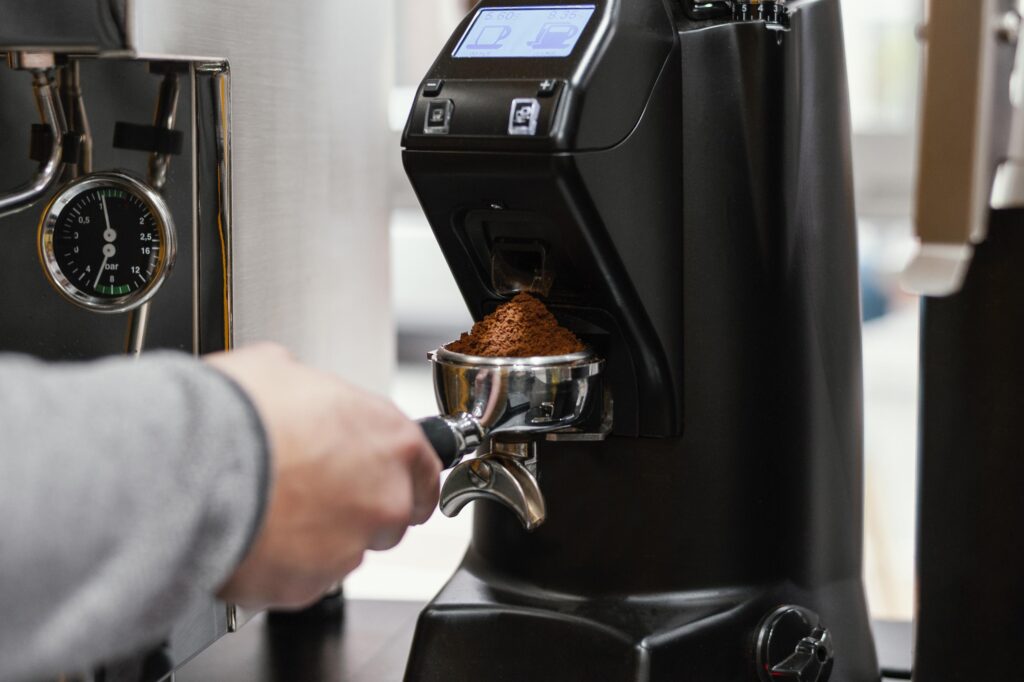
We still love to brew our own coffee. Don’t we? Yes, of course, sometimes we feel lazy or just don’t have time to brew, and that is when we turn to our modern friend in need—the coffee maker.
These coffee machines also run on code. They handle everything from basic tasks to advanced brewing. Machine software used in the operations are often written in C or assembly language, while Arduino manages relays and brewing signals. Python lets users customize coffee types, and JavaScript powers internet-enabled machines for remote control via apps. With smart tech, brewing coffee has gone from an art to a science.
Smart Assistants
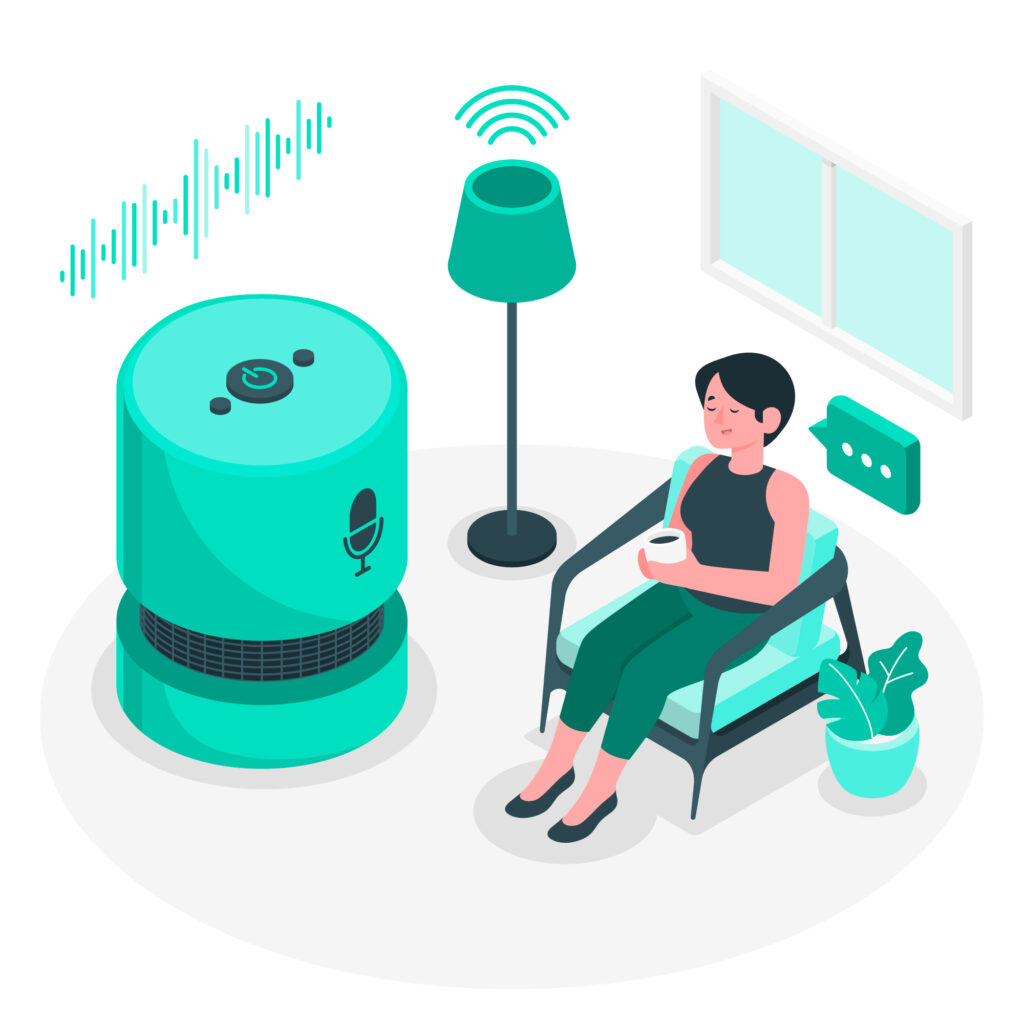
Ask Alexa to play an Arijit Singh song, and in no time, you’re humming “Dil Ka Dariyaaa”. Just a voice command, and you’re lost in your world.
We’ve come a long way from burning songs onto CDs and Walkmans! Smart assistants like Alexa and Siri, powered by AI, make life so convenient, helping with grocery lists, finding information, and streamlining routines. It’s all thanks to the code that enables them to respond to commands, adapt to your preferences, and connect with other devices.
Code truly powers the world around us! It’s amazing to think that behind every smart assistant, coffee maker, or social media app is a series of instructions written by someone who learned to code.
Now, imagine how exciting it would be if your child or that brilliant whiz kid you know could take their first step into coding. With the right guidance, they can start creating the tech they use every day!
FAQs
What’s so special about code?
Everything! Code is like the secret recipe behind almost every gadget and app we use daily. Without it, we’d still be living in the stone age of tech!
Is it hard to learn to code?
Not at all! If your child can play games or solve puzzles, they can learn to code. It’s just like learning a new language—fun and full of possibilities.
Can kids build their own apps with coding?
Absolutely! With a little practice and creativity, kids can start creating their own games, apps, or even smart home solutions.
Why should kids learn to code?
Because the future is coded! Learning to code not only sparks creativity but also helps kids understand how the tech around them works—and maybe even improve it!
How does Whizen ensure kids stay interested in coding?
We mix coding with real-life examples, fun projects, and even games! It’s all about showing kids how exciting and creative coding can be.
Can my child work on their own projects in Whizen courses?
Absolutely! We encourage kids to bring their ideas to life. Our mentors are there to guide them as they create something uniquely their own.
Are Whizen courses only about coding?
Nope! While coding is the core, we also teach problem-solving, logical thinking, and teamwork skills—things that go beyond the screen.
How long does it take to complete a course at Whizen?
Each course is designed to be completed in 8–12 weeks, with flexible learning hours to fit into your child’s schedule.
What kind of support do mentors provide during classes?
Our mentors are super friendly and approachable! They provide one-on-one guidance, answer questions, and ensure every kid feels confident.
How does Whizen make learning about computers exciting for kids?
At Whizen, we believe learning should feel like an adventure. By breaking down complex concepts into simple, relatable examples and engaging activities, we make sure kids not only learn but also enjoy every step of their journey into the world of computers.


